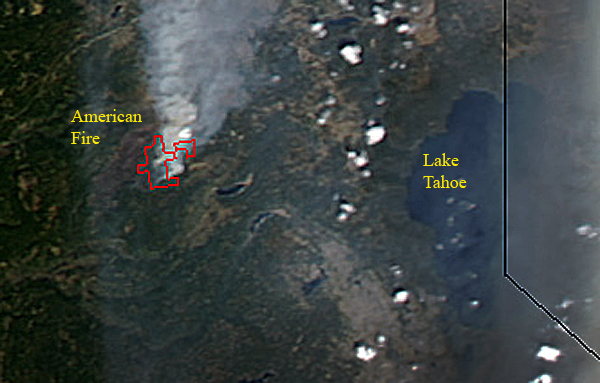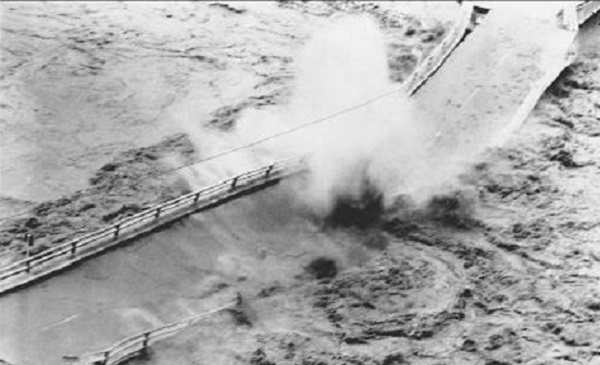Sacramento County has four new job postings for rangers. Chief Stan Lumsden says the four openings will make up half of the positions lost during the recent recession.
“They lost several rangers which eroded the ability to provide public safety out in the park. Now we’re hoping with the addition of these four rangers, we can enhance that safety,” says Lumsden.
Before the recession, the Sacramento Regional Parks system had 22 rangers. Today it has just 13.
Lumsden says the new rangers will increase safety and service along the parkway through a ranger stewardship program.
“I have rangers assigned to geographic areas. In other words, they more-or-less own their specific, respective pieces of the park. I hope to enhance that program.”
The Sacramento Regional Parks system has 15,000 acres. In addition to the American River Parkway, rangers patrol other areas including Sherman Island, Hogback Island, Georgiana Slough and the Rio Linda Bike trail.
After background checks and academy training, new rangers could be on the parkway by June.
From CapRadio.org >>>


